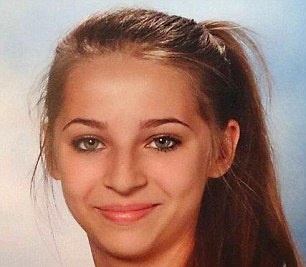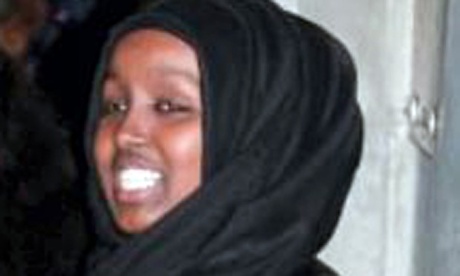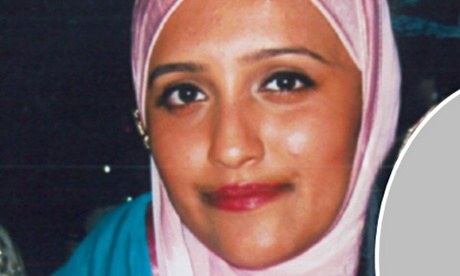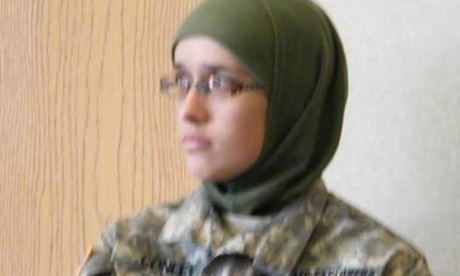Killing Iraqi Children with Impunity
- States Parties recognize that every child has the inherent right to life.
- States Parties shall ensure to the maximum extent possible the survival and development of the child
The United Nations Convention on the Rights of the Child
Counter-terrorism measures in Iraq, as elsewhere, are frequently used as a cover to punish political opposition. The unrelenting bombing of towns and villages in the Sunni dominated regions of Western and Northern Iraq has been no exception. The targets have been mainly residential areas, mosques and hospitals. The weapon of choice: barrel bombs.
Many of the strikes have been documented by Human Rights Watch, including an airstrike on 1st September on a school near Tikrit which was being used to shelter civilian refugees. At least 31 civilians were killed including 24 children. Survivors insist that there were no Islamic State (IS) fighters or military objects in the area at the time and there have been frequent observations that even when IS targets are obvious, it is the residential districts that are hit. According to Human Rights Watch the indiscriminate nature of the attacks violate international humanitarian law. Airstrikes are targeting government buildings, water and electricity supplies, hospitals, mosques, busy market places and residential areas.
According to the UN, 1.8 million people have been displaced from and within the Western and Northern provinces since the beginning of the year. They are dispersed in around 1 400 locations, some trapped in areas of fighting and out of humanitarian reach. People are deeply traumatized and in need of security, shelter, food, water, health care and other basic amenities. They are fleeing the relentless government attacks on civilian areas and genocidal atrocities committed by both the Islamic State and government-backed Shi’a militias and death squads.
The town of Fallujah, which its people had slowly built back after its almost total demolition by the US in 2004, is again in ruins.
The bombing there is daily with many child casualties. On 13thSeptember, Prime Minister Al-Abadi announced he had ordered airstrikes on civilian areas to stop, but there is no sign of any let up. Shortly after his announcement, Fallujah hospital was bombed again, badly injuring a staff member; on 15thSeptember, 6 civilians were killed and 22 wounded including 9 children; on 16thSeptember 3 killed including 2 children and 19 wounded.
A journalist from Niqash who managed to access the city recently describes the utter devastation. Some areas have been completely leveled and three quarters of a population of over half a million have fled.
“Those who stay here are living by luck alone,” says Karim al-Bajari, one of the residents who still remains. “We live as though we are playing hide and seek continuously. We hide when the shelling starts or when we hear planes.” [Niqash]
The people are exhausted. There are shortages of medicine, food, water and electricity. The town is under complete siege by the Iraqi army and under the control of the Islamic State which has booby trapped all routes in and out.
The general hospital has itself been bombed at least 27 times since January and most of the doctors are displaced. The few that remain keep diligent track of the numbers of civilians killed and injured. In the first eight months of this year 830 civilians had been killed, many of them women and children, and more than 2595 injured.
The cemetery is overflowing and people are now being buried in mass graves or in their back gardens.
“In one day, we were forced to bury four children in one grave,” the worker says. “Their body parts got mixed together. And slowly the cemetery is becoming way too crowded. We are even burying people on the pathways now.” [Niqash]
Much of the damage has been caused by barrel bombs and other unguided munitions. Barrel bombs are improvised weapons made from cylinders (i.e. oil drums, water barrels, gas cylinders) filled with rubble, scrap metal and high explosives. They can destroy an area of 500 metres easily obliterating houses and their occupants. Entire families have been wiped out in one blast. They are dropped from helicopters or even modified cargo planes.
In May 2014, Professor Victoria Fontan wrote: “Not only are these bombs destructive, their use against a targeted group may constitute a crime against humanity. Moreover, the international community’s complacence towards the Iraqi government in relation to the population of Fallujah and greater Anbar province may make it an accessory to this crime.”
Targeting hospitals
Civilians and medical facilities are being targeted throughout Western and Northern Iraq. On 24th July, a report was released by Doctors Without Borders on the number of Iraqi hospitals destroyed in airstrikes.
“We are receiving accounts from medical staff that more and more hospitals have been hit by bombs in recent weeks,” says Fabio Forgione, MSF head of mission in Iraq. “Medical staff have fled, fearing attacks on the health facilities where they are working. We are extremely concerned that significant numbers of people are now deprived of the medical assistance they need.”
Hospitals and clinics in Fallujah, Tikrit, Garma, Mosul and Shirqat have been targeted, some repeatedly. On 21st June the World Health Organisation issued a statement strongly condemning “ the attacks on health facilities in Iraq” and expressed concern “about the serious implications of these attacks on medical personnel, patients and health infrastructure.” The bombing of hospitals and health facilities is forbidden under customary international law.
Children with complex health needs
Many of the towns now under attack, including Fallujah, Ramadi and Hawija have been in the news in recent years because of the high rise in cancers and congenital anomalies amongst children. Independent doctors and scientists have found high levels of toxic and radioactive contamination in the parents of affected children and the environment, resulting from the US military attacks of 2004. Congenital malformations now account for at least 15% of all births in Fallujah – more than in the aftermath of Hiroshima and Nagasaki. There is a particularly high incidence of congenital heart defects and neural tube defects.
In 2013, a new Maternity and Children’s Hospital was opened in Falljuah, courtesy of the United Nations Development Programme and the Japanese Government but no records of birth defects have been kept there in 2014 because the specialist doctors are displaced and mothers may never even reach a hospital.
On 6th September the children’s hospital in Hawija was shelled, destroying the premature baby unit and the medical consultancy department. 18 people were killed including 8 newborns. Other women and children were injured.
Hawija Children’s Hospital also serves an extraordinary number of disabled children. In 2011, the Organisation of Women’s Freedom in Iraq (OWFI) presented a report on the hundreds of children suffering from paralysis and brain damage and on the cancers which are spreading like an epidemic, especially among teenagers. For many years, the US military used an area just 1.5 kilometers away from the town for live ammunition and explosives practice with no precautions to prevent people from entering the area.
After decades of war and terrorist attack many thousands of children in Iraq have lost limbs or suffered disfigurement. Even before this latest upsurge of violence, there were over 3 million disabled people in Iraq. Between 10 and 12 percent of the population. Two years ago the government signed the UN Convention on the Rights of Persons with Disabilities (CRPD), and in 2013 a law was passed regarding care for people with disability and special needs, but health officials say the government has shown little interest in acting upon it. In the current turmoil, families with disabled children are among the most vulnerable and trapped.
Mental health is also an issue. Constant fear due lack of security, displacement, bereavement, and the witnessing of violent death is causing all manner of psychological conditions for both adults and children. An assessment report made for Save the Children in June on IDP families from Northern Iraq noted that the adults’ most urgent concern was their children’s psychological distress. Behavioural changes included crying, eating disorders, aggressiveness, isolation/withdrawal, insomnia, fear in general and fear of police or military personnel in particular. The children talked about fear of kidnapping, sickness, lack of education and fear of being killed. The report condemned the reckless disregard of children’s lives by armed groups and armed forces.
The Al-Khair Foundation, operating in Anbar province, estimates that around 400 children have been orphaned since the start of the government’s military operations in December last year. The collapse of local government facilities and displacement of key workers means that records are hard to keep and the children who are registered as orphans are offered no assistance. In 2011 a UNICEF survey estimated that 800 000 Iraqi children had lost one or both parents. This figure will now have substantially increased. Many of these children are forced into child labour and are very vulnerable to recruitment by militias and armed forces.
It is clear that the Iraqi government is disregarding its obligations to the children in its care and contravening many aspects of domestic and international law. The greater responsibility, however, lies with the US, UK and UN. The current corruption and abuse of power within the Iraqi government is a direct result of the dysfunctional, sectarian political process that was forced upon the country during the occupation. An occupation awarded by the UN to two countries that had not only just waged an illegal war, but had, over the preceding years, determined the deaths of hundreds of thousands of Iraqi children through the abuse of their powers on the UN Iraq Sanctions Committee.
With Iraqi airspace again open to US/NATO airstrikes, and the Iraqi Government a willing recipient of international weapon sales, it will not be the Islamic State that suffers, but the children of Iraq.
Joanne Baker















